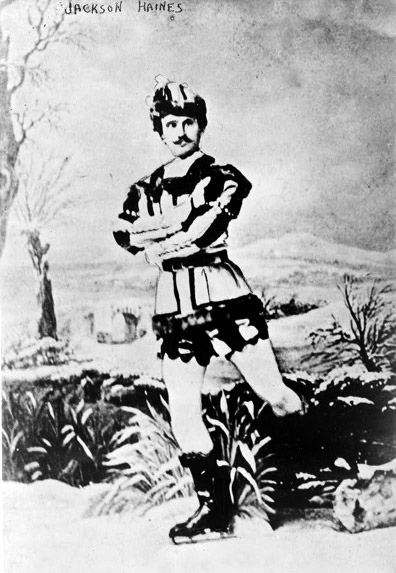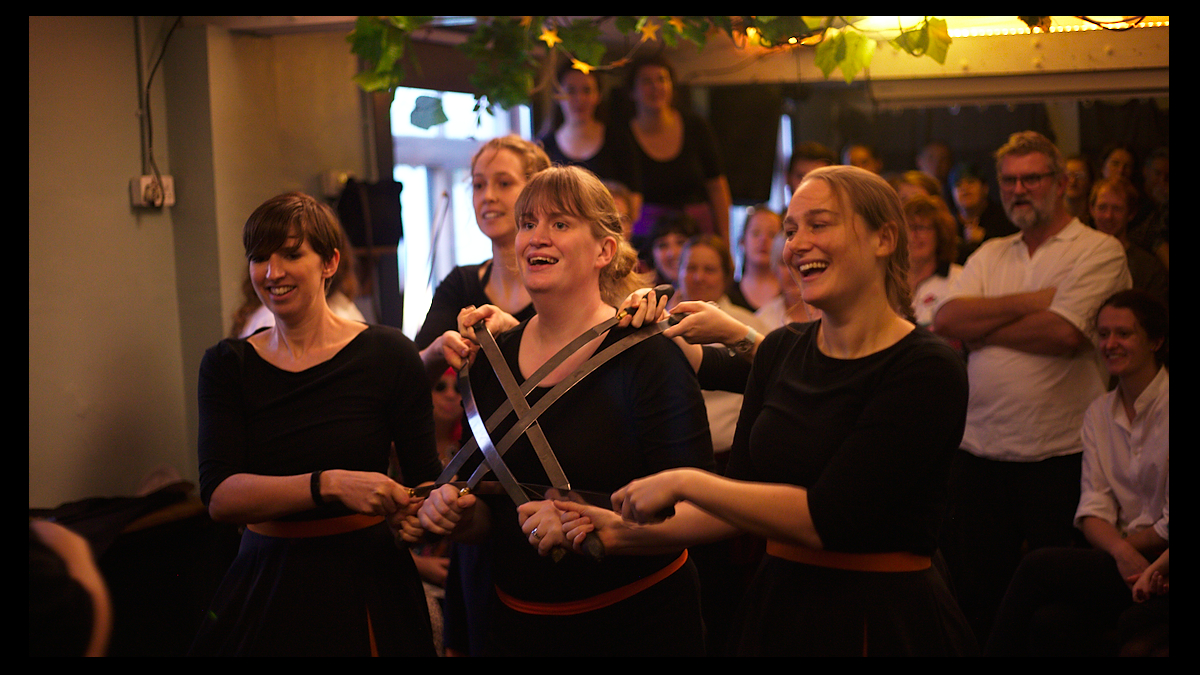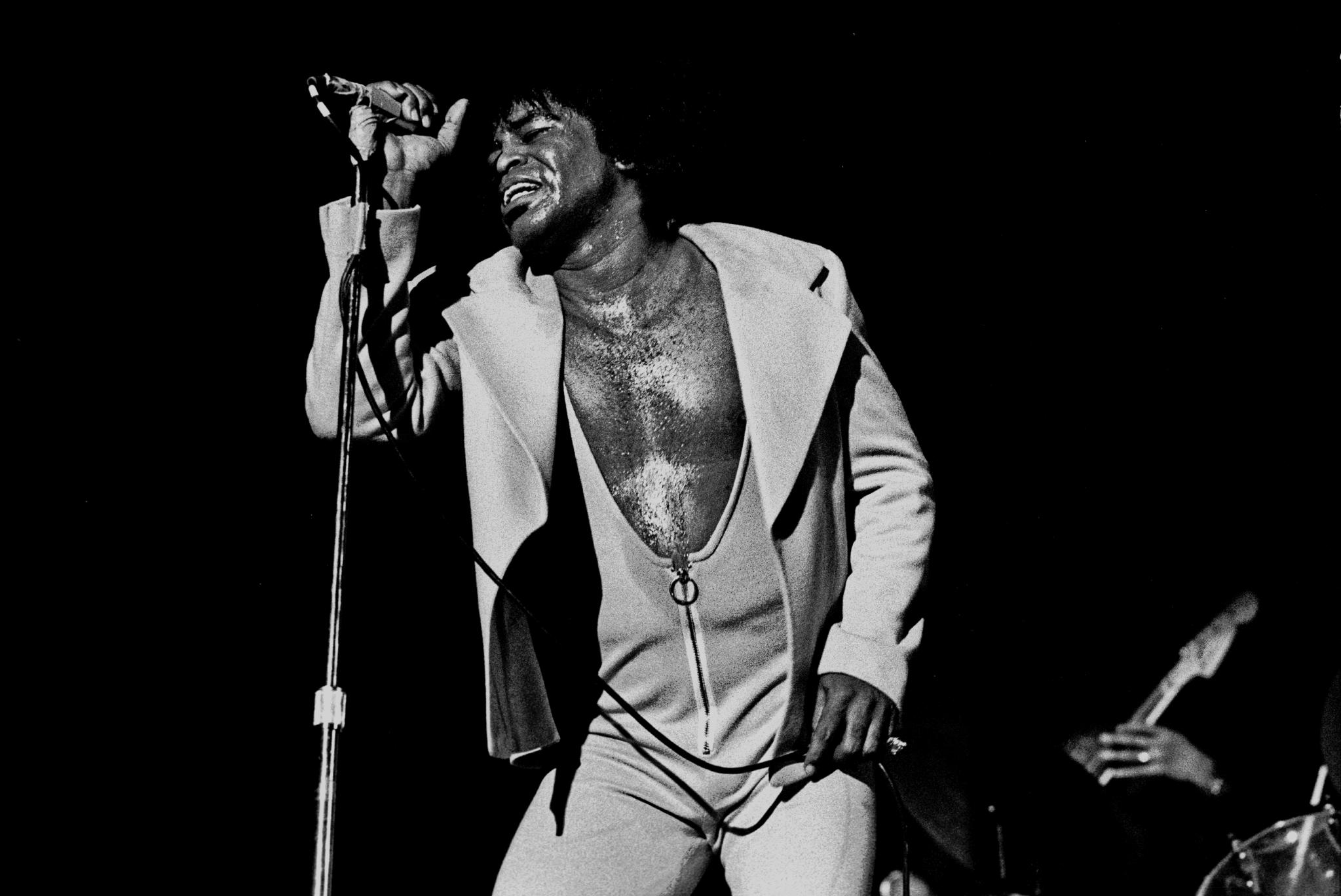|
Rhythm Dance
The rhythm dance (RD) is the first segment of an ice dance competition. The International Skating Union (ISU) renamed the short dance to the "rhythm dance" in June 2018, prior to the 2018–2019 season. It became part of international competitions in July 2018. American ice dancers Madison Chock and Evan Bates hold the highest RD score of 93.91, which they achieved at the World Team Trophy in 2023. Background The rhythm dance (RD) is the first segment performed in all junior and senior ice dance competitions, performed before the free dance (FD), at all International Skating Union (ISU) Championships, Junior and Senior ISU Grand Prix events and finals, Winter Youth Olympic Games, qualifying competitions for the Winter Olympic Games, and Olympic Winter Games. The ISU defines the RD as "a dance created by an Ice Dance Couple to dance music with designated rhythm(s) and/or theme(s)"S&P/ID 2024, p. 146 selected and announced by the ISU yearly. In 2010, the ISU voted to eliminate ... [...More Info...] [...Related Items...] OR: [Wikipedia] [Google] [Baidu] |
Ice Dance
Ice dance (sometimes referred to as ice dancing) is a discipline of figure skating that historically draws from ballroom dancing. It joined the World Figure Skating Championships in 1952, and became a Winter Olympic Games medal sport in 1976. According to the International Skating Union (ISU), the governing body of figure skating, an ice dance team consists of one woman and one man. Ice dance, like pairs skating, pair skating, has its roots in the "combined skating" developed in the 19th century by skating clubs and organizations and in recreational social skating. Couples and friends would skate waltzes, marches, and other social dances. The first steps in ice dance were similar to those used in ballroom dancing. In the late 1800s, American Jackson Haines, known as "the Father of Figure Skating", brought his style of skating, which included waltz steps and social dances, to Europe. By the end of the 19th century, waltzing competitions on the ice became popular throughout the wor ... [...More Info...] [...Related Items...] OR: [Wikipedia] [Google] [Baidu] |
2019–20 Figure Skating Season
The 2019–20 figure skating season began on July 1, 2019, and ended on June 30, 2020. During this season, elite skaters competed at the 2020 2020 European Figure Skating Championships, European Championships, 2020 Four Continents Figure Skating Championships, Four Continents Championships, and 2020 World Junior Figure Skating Championships, World Junior Championships, although the 2020 World Figure Skating Championships, World Championships were cancelled due to the COVID-19 pandemic. They also competed in elite events such as the 2019–20 ISU Grand Prix of Figure Skating, Grand Prix series and 2019–20 ISU Junior Grand Prix, Junior Grand Prix series, culminating in the 2019–20 Grand Prix of Figure Skating Final, Grand Prix Final, and the 2019–20 ISU Challenger Series, Challenger Series. Season notes Age eligibility Skaters were eligible to compete in International Skating Union (ISU) events at the junior or senior levels according to their age. These rules may not hav ... [...More Info...] [...Related Items...] OR: [Wikipedia] [Google] [Baidu] |
Cover Version
In popular music, a cover version, cover song, remake, revival, or simply cover is a new performance or recording by a musician other than the original performer or composer of the song. Originally, it referred to a version of a song released around the same time as the original in order to compete with it. Now, it refers to any subsequent version performed after the original. History The term "cover" goes back decades when cover version originally described a rival version of a tune recorded to compete with the recently released (original) version. Examples of records covered include Paul Williams' 1949 hit tune " The Hucklebuck" and Hank Williams' 1952 song " Jambalaya". Both crossed over to the popular hit parade and had numerous hit versions. Before the mid-20th century, the notion of an original version of a popular tune would have seemed slightly odd – the production of musical entertainment was seen as a live event, even if it was reproduced at home via a ... [...More Info...] [...Related Items...] OR: [Wikipedia] [Google] [Baidu] |
Ballroom Dance
Ballroom dance is a set of European partner dances, which are enjoyed both socially and competitively around the world, mostly because of its performance and entertainment aspects. Ballroom dancing is also widely enjoyed on stage, film, and television. ''Ballroom dance'' may refer, at its widest definition, to almost any recreational dance with a partner. However, with the emergence of dance competition (now known as Dancesport), two principal schools have emerged and the term is used more narrowly to refer to the dances recognized by those schools. The International School, originally developed in EnglandFranks A.H. 1963. ''Social dance: a short history''. Routledge & Kegan Paul, London. and now regulated by the World Dance Council (WDC) and the World DanceSport Federation (WDSF), is most prevalent in Europe. It encompasses two categories, Standard and Latin, each of which consist of five dances—International Waltz, International Tango, International Viennese Waltz, Intern ... [...More Info...] [...Related Items...] OR: [Wikipedia] [Google] [Baidu] |
Folk Dance
A folk dance is a dance that reflects the life of the people of a certain country or region. Not all ethnic dances are folk dances. For example, Ritual, ritual dances or dances of ritual origin are not considered to be folk dances. Ritual dances are usually called "religious dances" because of their purpose. The terms "ethnic" and "traditional" are used when it is required to emphasize the cultural roots of the dance. In this sense, nearly all folk dances are ethnic ones. If some dances, such as polka, cross ethnic boundaries and even cross the boundary between "folk" and "ballroom dance", ethnic differences are often considerable enough to mention. Background Folk dances share some or all of the following attributes: *Dances are usually held at folk dance gatherings or social functions by people with little or no professional training, often to traditional music. *Dances not generally designed for public performance or the stage, though they may later be arranged and set for ... [...More Info...] [...Related Items...] OR: [Wikipedia] [Google] [Baidu] |
Contemporary Dance
Contemporary dance is a genre of Concert dance, dance performance that developed during the mid-twentieth century and has since grown to become one of the dominant genres for formally trained dancers throughout the world, with particularly strong popularity in the U.S. and Europe. Although originally informed by and borrowing from Ballet, classical, modern dance, modern, and Jazz dance, jazz styles, it has come to incorporate elements from many styles of dance. According to the New Grove Musical Dictionary, contemporary dance evolved from the foundations of modern and postmodern dance, emphasizing innovation and a break from traditional forms. Due to its technical similarities, it is often perceived to be closely related to modern dance, ballet, and other classical concert dance styles. It is characterized by a blend of styles that often integrate elements of ballet, modern dance, and cultural or social dance forms. In terms of technique, contemporary dance tends to combine the s ... [...More Info...] [...Related Items...] OR: [Wikipedia] [Google] [Baidu] |
Disco
Disco is a music genre, genre of dance music and a subculture that emerged in the late 1960s from the United States' urban nightclub, nightlife, particularly in African Americans, African-American, Italian-Americans, Italian-American, LGBTQ community, Gay and Hispanic and Latino Americans, Latino communities. Its sound features four-on-the-floor (music), four-on-the-floor beats, syncopation, syncopated basslines, string sections, brass instrument, brass and horn (musical instrument), horns, electric pianos, synthesizers, and electric rhythm guitars. Discothèques, mostly a French invention, were imported to the United States with the opening of Le Club, a members-only restaurant and nightclub at 416 East 55th Street in Manhattan, by French expatriate Olivier Coquelin, on New Year's Eve 1960. Disco music originated from music popular with African-American culture, African Americans, Hispanic and Latino Americans#Cultural matters, Latino Americans, and Italian Americans#Influe ... [...More Info...] [...Related Items...] OR: [Wikipedia] [Google] [Baidu] |
Hustle (dance)
The Hustle is a catch-all name for some disco dances which were extremely popular in the 1970s. Late 1970s, Bump, Hustle, Watergate and Spank were popular. It mostly refers to the unique partner dance done in nightclubs to disco music. Hustle has steps in common with Mambo and Salsa and basic steps are somewhat similar to Euro dance style Discofox, which emerged at about the same time and is more familiar in various European countries. Modern partner hustle is sometimes referred to as New York hustle, however, its original name is the Latin hustle. A source for research on the origins of the Hustle is a book written by Willie Estrada, one of the original pioneers of the Latin Hustle, ''The Dancing Gangsters of the South Bronx (Rise of the Latin Hustle)''. History Latin Strut Joe Bataan recorded a song called "Latin Strut" after visiting a Bronx Club called the "310 1/2" in 1973 and seeing the first version of a 6-step dance called "The Hustle" this new Latin rhythmic sound h ... [...More Info...] [...Related Items...] OR: [Wikipedia] [Google] [Baidu] |
Twist (dance)
The twist is a dance that was inspired by rock and roll music. From 1959 to the early sixties it became a worldwide dance craze, enjoying immense popularity while drawing controversies from critics who felt it was too provocative. It inspired dances such as the Jerk, the Pony, the Watusi, the Mashed Potato, the Monkey, and the Funky Chicken, but none was as popular. Having seen teenagers in Tampa, Florida, doing the dance, Hank Ballard wrote " The Twist", which became the B-side of Hank Ballard and the Midnighters' 1959 single "Teardrops on Your Letter". Dick Clark, having noticed the dance becoming popular among teenagers, recommended to Cameo Records that the more wholesome Chubby Checker rerecord the song, which was released in 1959 and became a number one hit in 1960. The dance became passé among teenagers as it became acceptable among adults and the song was re-released, becoming a number one hit again in 1962. A world record was set in DeLand, Florida, on October ... [...More Info...] [...Related Items...] OR: [Wikipedia] [Google] [Baidu] |
Jitterbug
Jitterbug is a generalized term used to describe Swing (dance), swing dancing. It is often synonymous with the lindy hop dance but might include elements of the Jive (dance), jive, east coast swing, collegiate shag, Charleston (dance), charleston, Balboa (dance), balboa and other swing dances. Swing dancing originated in the African-American communities of New York City in the early 20th century. Many nightclubs had a whites-only or blacks-only policy due to Racial segregation in the United States, racial segregation, however the Savoy Ballroom in Harlem had a no-discrimination policy which allowed whites and blacks to dance together and it was there that the Lindy Hop dance flourished, started by dancers such as George Snowden and Frank Manning. The term jitterbug was originally a ridicule used by black patrons to describe whites who started to dance the Lindy Hop, as they were dancing faster and jumpier than was intended, like "jittering bugs", although it quickly lost its nega ... [...More Info...] [...Related Items...] OR: [Wikipedia] [Google] [Baidu] |
Rock And Roll
Rock and roll (often written as rock & roll, rock-n-roll, and rock 'n' roll) is a Genre (music), genre of popular music that evolved in the United States during the late 1940s and early 1950s. It Origins of rock and roll, originated from African American music such as jazz, rhythm and blues, boogie-woogie, electric blues, gospel music, gospel, and jump blues, as well as from country music. While rock and roll's formative elements can be heard in blues records from the 1920s and in country records of the 1930s,Peterson, Richard A. Creating Country Music: Fabricating Authenticity' (1999), p. 9, . the genre did not acquire its name until 1954. According to the journalist Greg Kot, "rock and roll" refers to a style of popular music originating in the United States in the 1950s. By the mid-1960s, rock and roll had developed into "the more encompassing international style known as rock music, though the latter also continued to be known in many circles as rock and roll".Kot, Greg"Rock ... [...More Info...] [...Related Items...] OR: [Wikipedia] [Google] [Baidu] |
2022–23 Figure Skating Season
The 2022–23 figure skating season began on July 1, 2022, and ended on June 30, 2023. During this season, elite skaters competed at the ISU (International Skating Union) Championship level at the 2023 European Championships, Four Continents Championships, World Junior Championships, and World Championships. They also competed at elite events such as the ISU Challenger Series as well as the Grand Prix and Junior Grand Prix series, culminating at the Grand Prix Final. On March 1, 2022, the International Skating Union banned all figure skaters and officials from Russia and Belarus from attending any international competitions following the 2022 Russian invasion of Ukraine. The season was the first under newly elected ISU President Kim Jae-youl and ISU Vice President for Figure Skating Benoît Lavoie. Season notes Age eligibility Skaters were eligible to compete in ISU events on the junior or senior levels according to their age. These rules may not have applied to non- ... [...More Info...] [...Related Items...] OR: [Wikipedia] [Google] [Baidu] |






